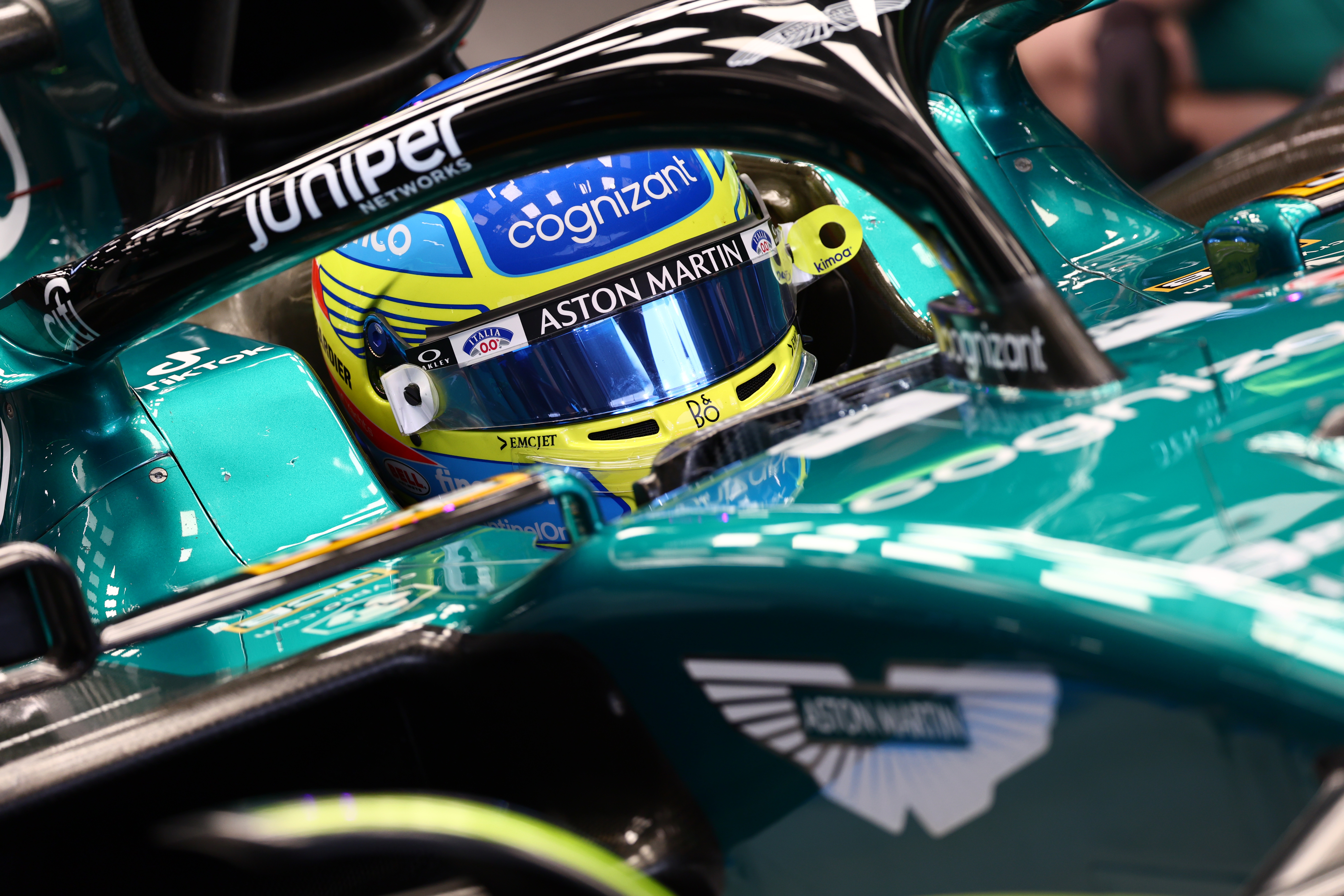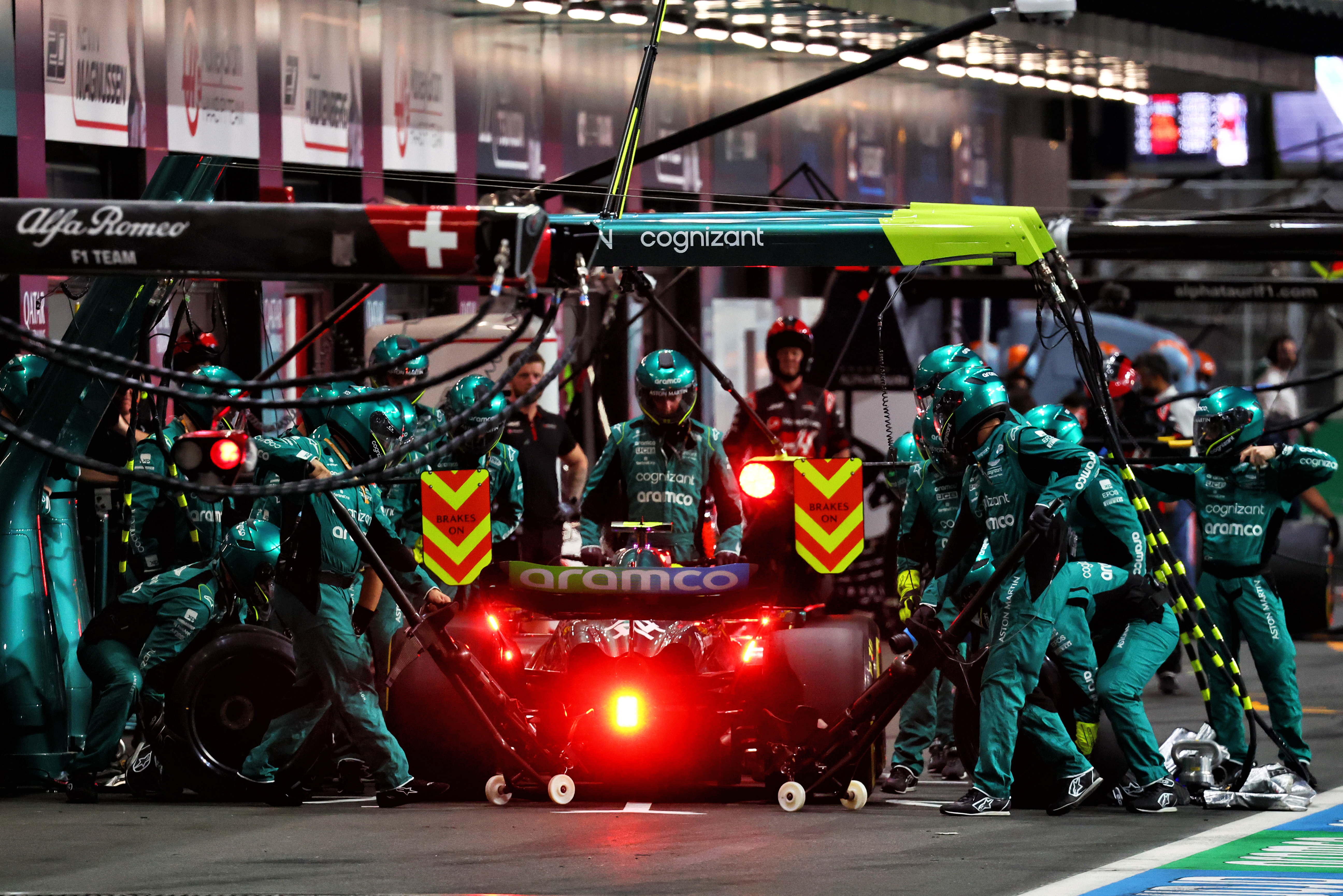Up Next

The Fernando Alonso penalty saga in the Saudi Arabian Grand Prix was a typically convoluted and microscopic Formula 1 rule controversy.
What Aston Martin proved to get Alonso’s podium reinstated was a case of being ‘technically correct’ with the application of the rule that bans teams from “working” on a car while a time penalty is being served at a pitstop.
The logic for the 10-second penalty that initially cost Alonso his third place was that it has previously been agreed that no part of the car can be touched while a penalty is being served, and the rear jack was touching the car while Alonso served a five-second time penalty at his sole pitstop in the grand prix.
Aston Martin successfully argued that the stewards were wrong to believe that the jack touching the car should be considered working on it, though, because it had [itals] also [itals] been agreed that the front jack can touch the car as it is being used to guide the car’s positioning into the pitbox.

And without an explicit exception in the rules for front jacks only, the stewards eventually accepted that it needed to be applied universally to ‘jacks’ in general, whether at the front or rear.
The combination of the rule as written, and the unofficial exception that had been established, meant there was no provable violation of the rule Aston Martin was alleged to have broken.
Aston Martin has taken advantage of a real flaw in modern-day F1 rulemaking: there has been so much discussion of how things should be interpreted and what the rules really mean that some rules are enforced by understandings and agreements.
In other words, how the rules are enforced sometimes does not match the wording of the rules, which is the key legal point.
In this instance, the general understanding never made it into the regulations and has generally been observed in this spirit without issue.
When that is no longer the case though, clearly such a process is totally undermined.
We shouldn’t expect anything else from teams. They are ruthless entities that will not hesitate to break from established convention if it serves a competitive purpose, as Aston Martin did here.
Ultimately, if there are holes in the wording of the rules, there’s a weakness in the rules that can be exploited.
It seems obvious in hindsight that the rules should have said something like ‘no object or person may touch the car’ before a penalty has been served – or ‘no object or person may touch the car save for the front jack to allow for car positioning into the pitbox’.

The point is it needs something specific, rather than been left vague to cover no “working” on the car.
The FIA recognises this, and it looks like the rule will change ahead of the next race in Australia.
In exposing the contradiction in how the rule has been applied, this saga also proved how easily a system that relies on ‘spirit’ and ‘intent’ – without explicit regulatory wording to back it up – falls apart if a team decides to challenge it.





